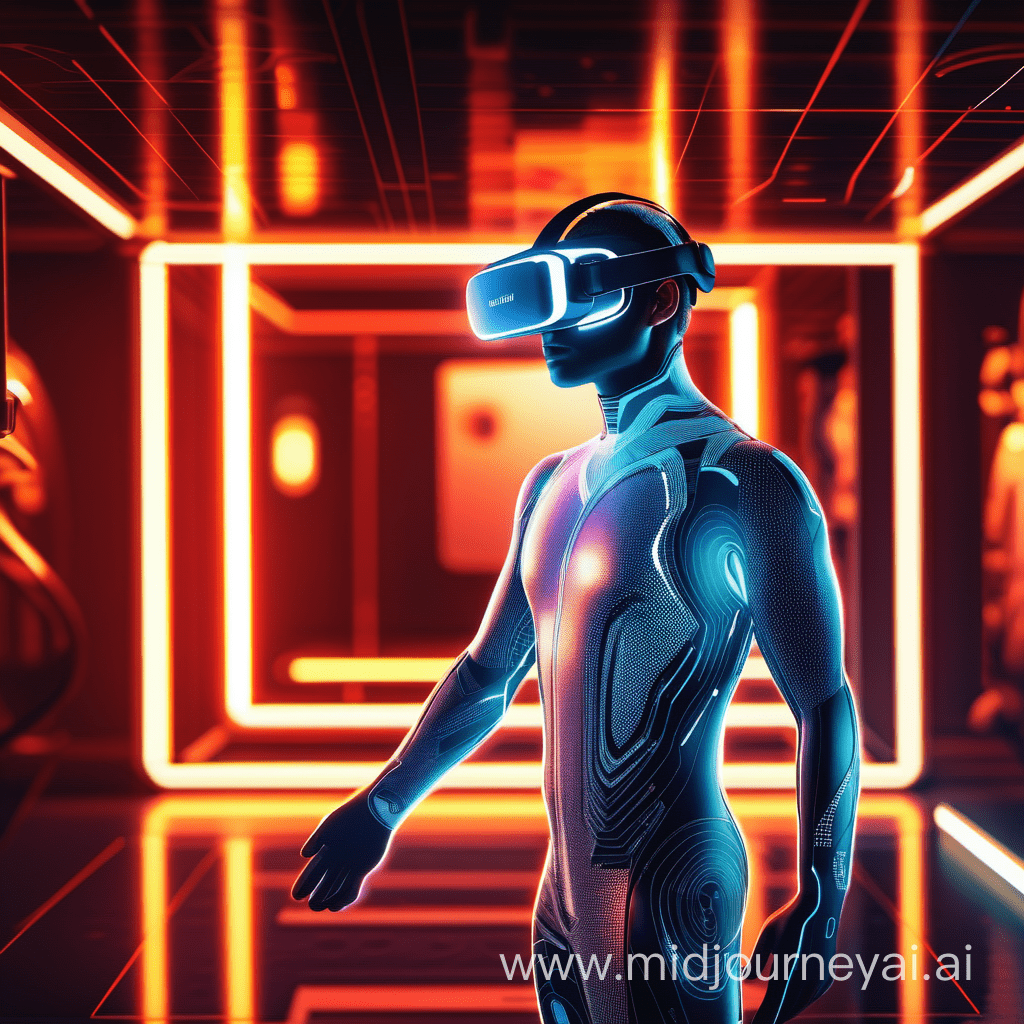Lesson Plan: Exploring Augmented Reality (AR)

Lesson Plan: Exploring Augmented Reality (AR) for High School Students
Objective:
By the end of this lesson, students will understand the concept of Augmented Reality (AR), its applications, and its impact on various industries.
Duration:
Two 45-minute class periods
Materials:
- Computer with internet access
- Projector
- Examples of AR apps (e.g., Pokémon GO, Snapchat filters)
- Whiteboard and markers
Lesson Outline:
Introduction to Augmented Reality (AR)
- Begin the lesson by asking students if they have heard of AR and what they know about it.
- Define AR: A technology that overlays digital information, such as images, videos, or 3D models, onto the real world.
- Show examples of AR in action, such as Pokémon GO and Snapchat filters, to illustrate the concept.
Understanding How AR Works
- Explain the basic principles of AR, including computer vision, object recognition, and spatial mapping.
- Discuss the hardware used in AR devices, such as smartphones, tablets, and AR glasses.
- Show videos or animations that demonstrate how AR content is superimposed onto the user’s view of the real world.
Applications of AR
- Present real-world examples of AR applications across various industries, including:
- Education: AR textbooks, interactive learning experiences.
- Healthcare: Surgical planning, medical training simulations.
- Retail: Virtual try-on for clothing and accessories, product visualization.
- Entertainment: Immersive gaming experiences, live events.
- Discuss the potential impact of AR on enhancing productivity, improving learning outcomes, and transforming consumer experiences.
Hands-On Activity: Creating AR Experiences
- Divide students into small groups and provide them with access to AR creation tools or apps (e.g., ARKit, ARCore).
- Instruct students to design and develop their own AR experiences, such as a virtual museum exhibit or an interactive storytelling project.
- Encourage students to consider factors like user interaction, content placement, and storytelling in their designs.
Ethical and Social Implications
- Lead a discussion on the ethical considerations surrounding AR technology, such as privacy concerns, digital manipulation, and augmented reality addiction.
- Encourage students to critically evaluate the societal implications of widespread AR adoption and propose strategies for responsible use.
Reflection and Conclusion
- Have students reflect on their experience creating AR content and share their insights with the class.
- Summarize the key concepts covered in the lesson and highlight the potential of AR to revolutionize various industries.
- Encourage students to continue exploring AR technology and its applications beyond the classroom.
Homework Assignment:
- Ask students to research a specific AR application in their area of interest (e.g., education, healthcare, entertainment) and write a short essay discussing its benefits, challenges, and potential impact.
Assessment:
- Assess students’ understanding through class participation, the quality of their AR creations, and the depth of their reflections in the homework assignment.
For more articles related to technology, please browse around InnoVirtuoso and find more interesting reads.







